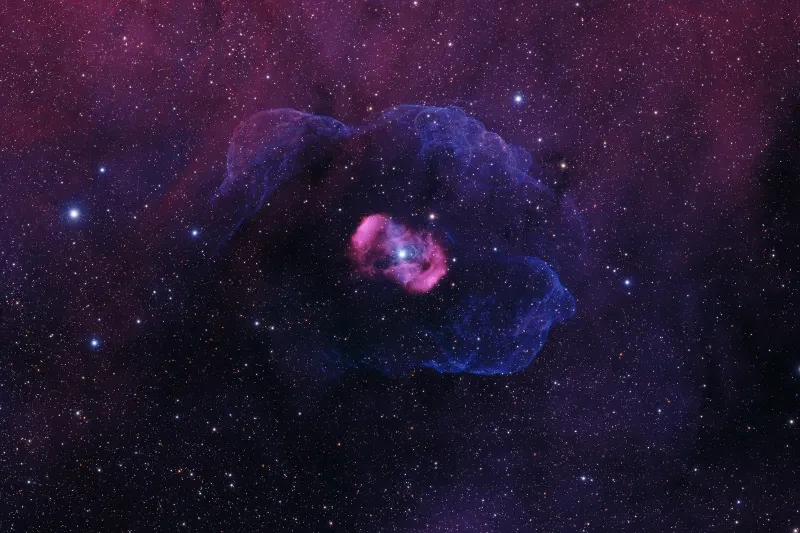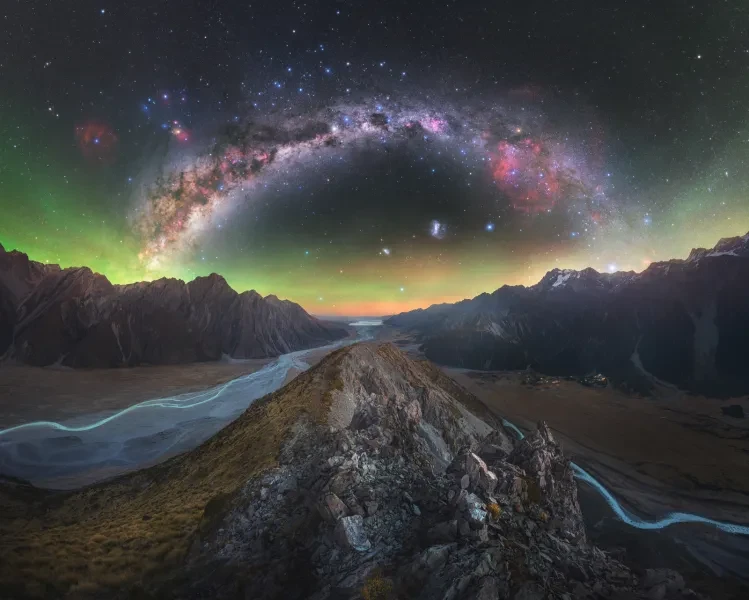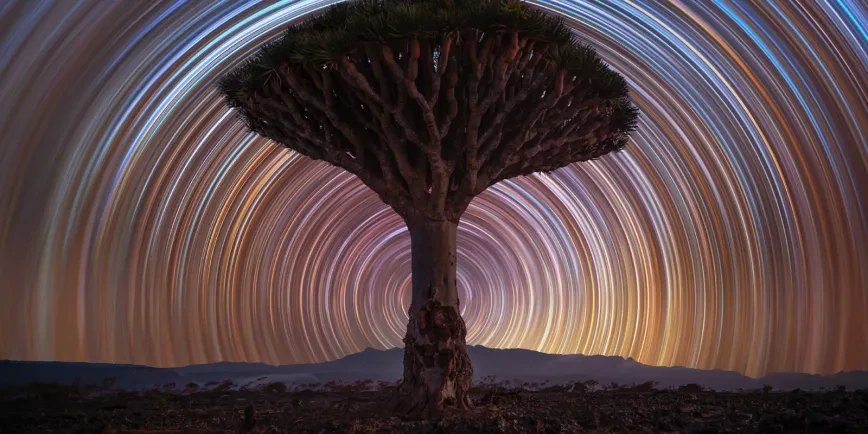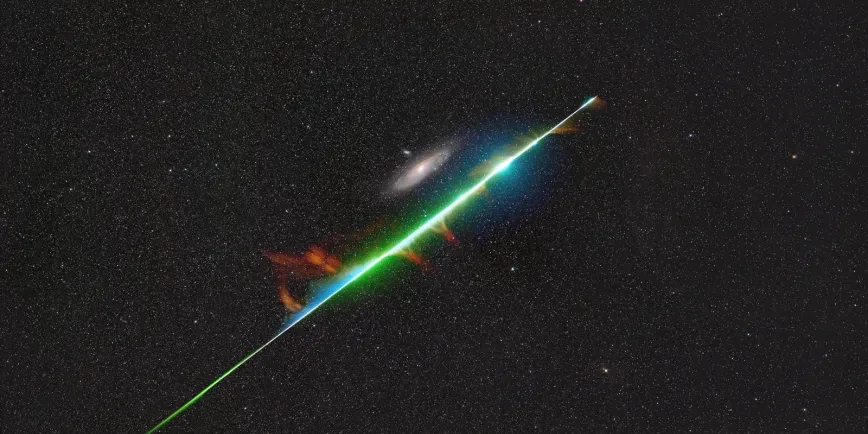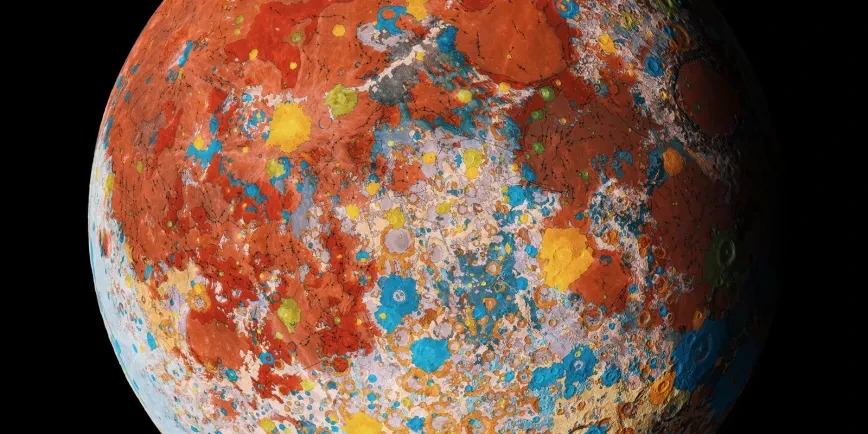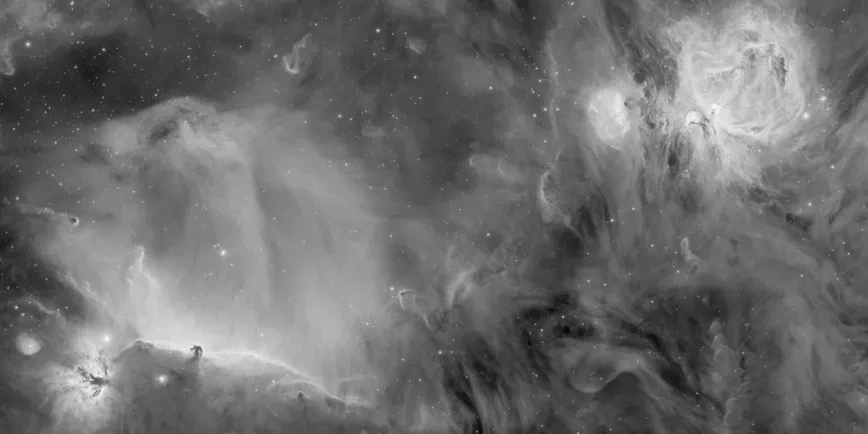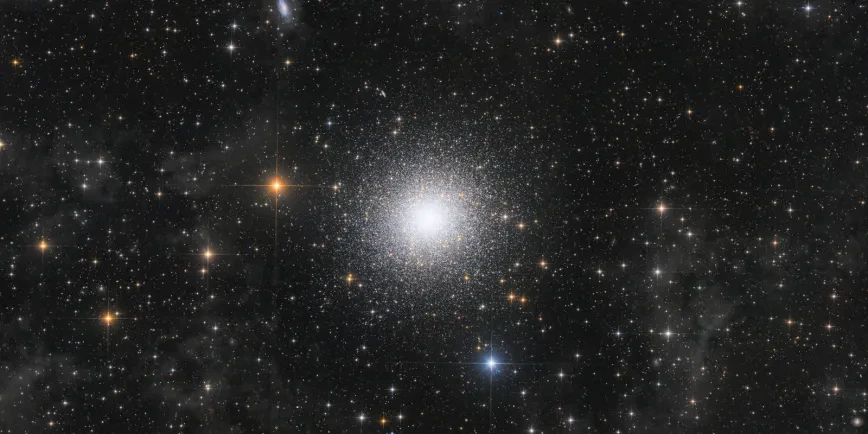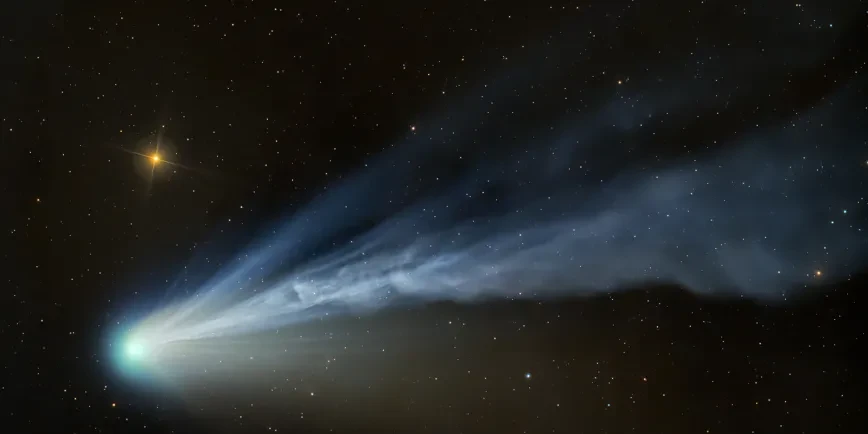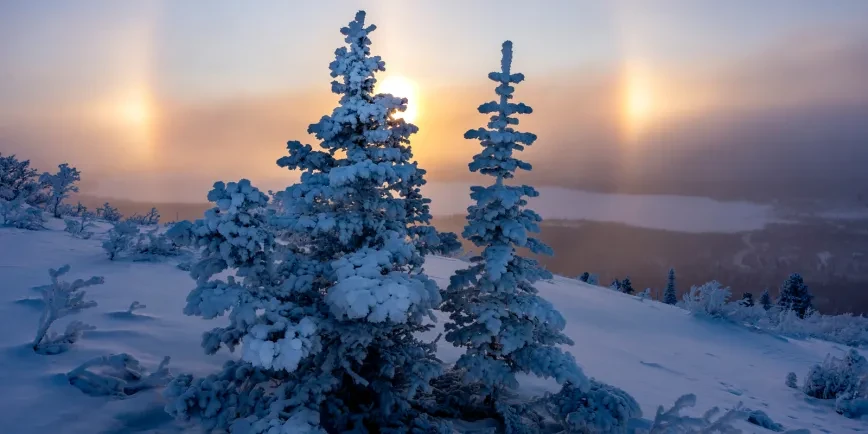
Category winner and overall winner
The Andromeda Core by Weitang Liang, Qi Yang and Chuhong Yu
The photographers say, "This image showcases the core of the Andromeda Galaxy (M31), captured in exceptional detail using a long-focal-length telescope. Taking advantage of the excellent seeing conditions at Nerpio, we focused on revealing the intricate structure of the galaxy’s central region and its surrounding stellar population.
"A key goal of this project was to highlight the H-alpha emission regions within Andromeda’s spiral arms. By carefully isolating and processing the H-alpha channel, we were able to enhance the visibility of these ionised gas clouds, which trace ongoing star formation. The contrast between these glowing regions and the surrounding dust lanes adds depth and dimension, offering a fresh perspective on this familiar galaxy.
"This image is not just about capturing Andromeda’s beauty – it is an effort to bring out the dynamic processes shaping its evolution, from the birth of new stars to the influence of interstellar structures near its core."
Taken in AstroCamp Observatory, Nerpio, Spain, 31 July, 2, 4–6, 14, 17, 20, 29, 31 August and 1 September 2024
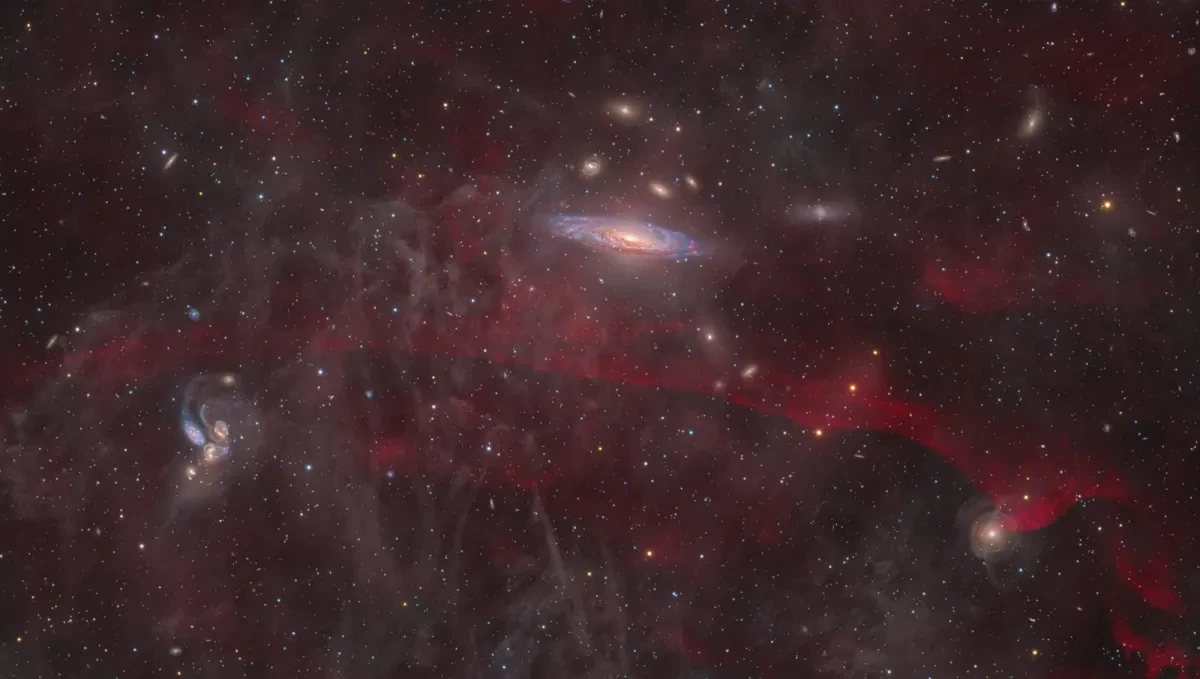
Runner-up
Cosmic Coincidences - Deer Lick and Stephan's Quintet on a Ribbon of H-alpha by Deep Sky Collective
"The Deer Lick region, home to NGC 7331 and the famous Stephan’s Quintet, is a stunning display of galactic interaction. Yet beyond its well-known structures lies something even more elusive: a vast H-alpha background, rarely captured in amateur astrophotography. Over six months, 12 photographers and a dedicated processing team worked together, integrating nearly 600 hours of exposure to reveal these faint details," the photographers explain.
"The H-alpha shock-front, first noted by our science consultant Patrick Ogle, required over 350 hours of deep imaging alone. The shock-front combined with intricate tidal streams and integrated flux nebulae [a faint, diffuse emission nebulae] pushes this image to the limits of amateur astrophotography. Every contributor played a crucial role, from capturing the data to refining it in post-processing. The result is not just an image but a testament to collaboration – an effort to unveil the unseen structures shaping our Universe."
Taken in Dark Sky New Mexico Observatory, Animas, New Mexico, USA, 8 October 2024
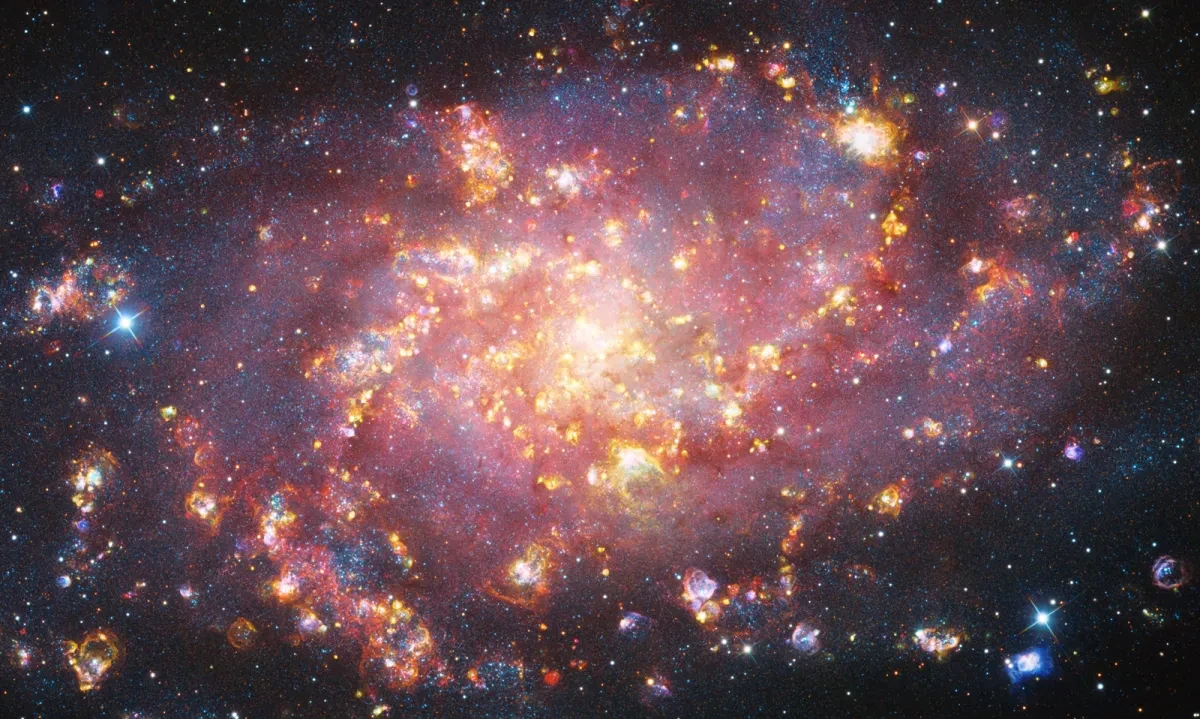
Highly commended
Fireworks by Bence Tóth, Péter Feltóti and Bertalan Kecskés
"The image shows M33, the Triangulum Galaxy, from a new perspective. Due to tidal interaction with M31, there is a very prominent star-forming activity in M33, which results in a spectacular structure of emission nebulae. A lot of pictures of emission nebulae in our own galaxy exist already, but there are relatively few of an emission structure within a galaxy around 3 million light years away," say the photographers.
"The main goal during processing was to show this structure in an aesthetic way, with as many details as possible. On the other hand, as many stars within this galaxy can be resolved even with amateur equipment, we did not want to suppress them and concentrate only on the narrowband data. During processing a separate SHO picture was created with a strong SII/H-alpha presence [the glowing red structures in the picture] and blended with a high-resolution LRGB processing of the continuum data [representing the ‘background’ light]."
Taken in Sződliget, Pest and Törökkoppány, Somogy, Hungary, 2–4, 9, 23, 30 November, 1 and 27–28 December 2024
See the full shortlist
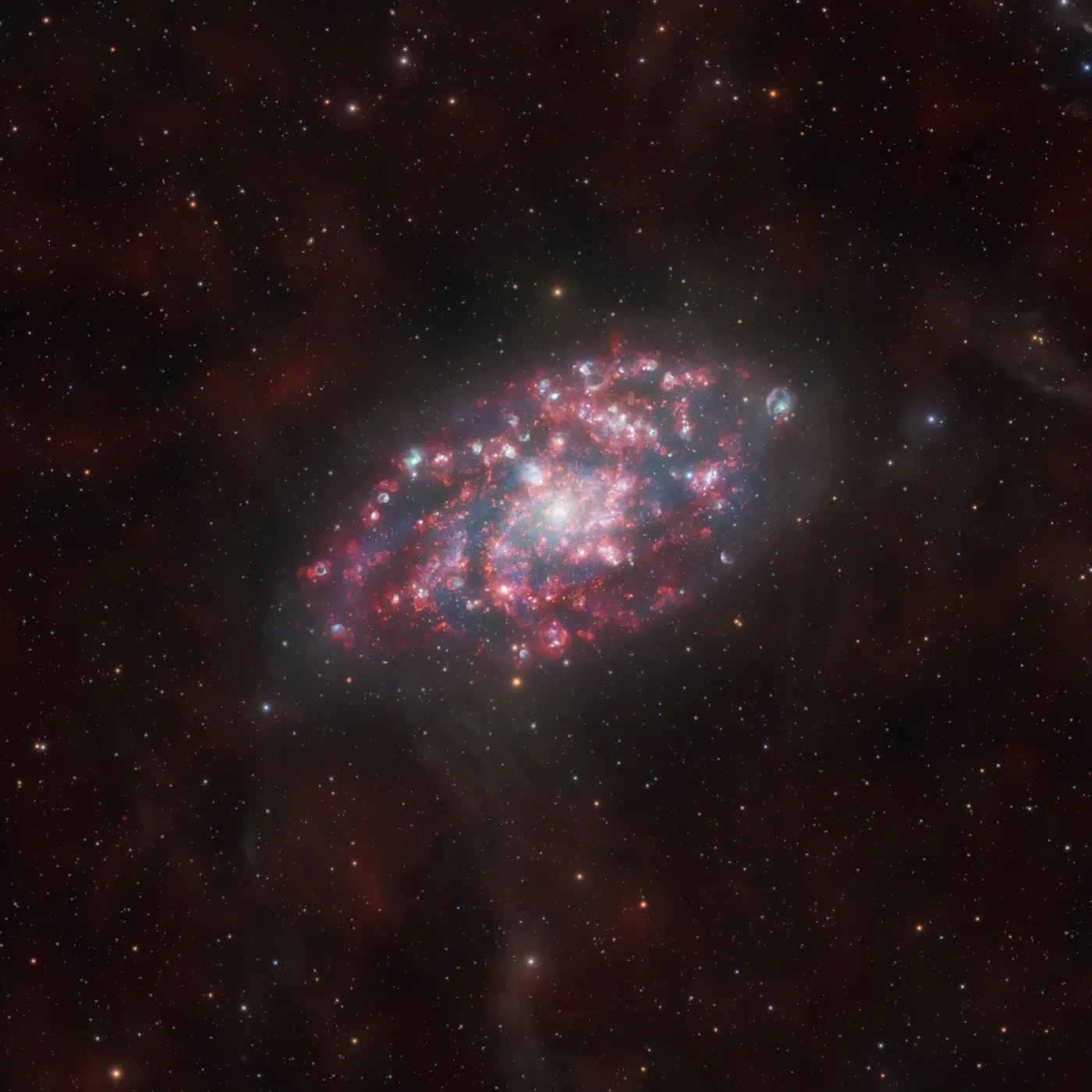
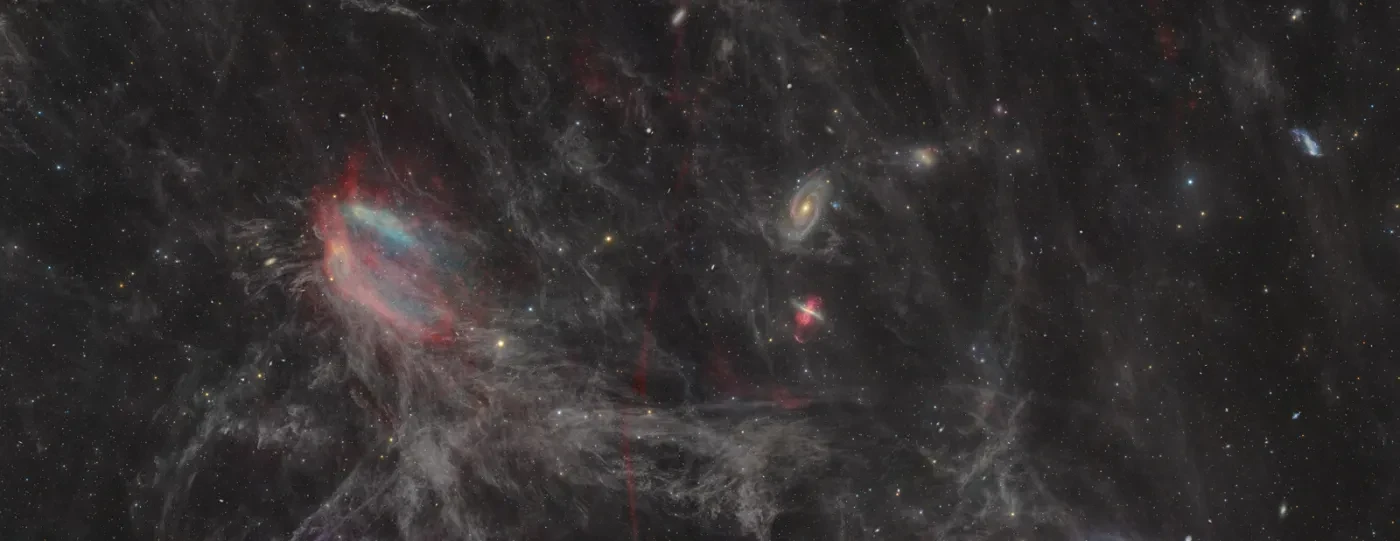

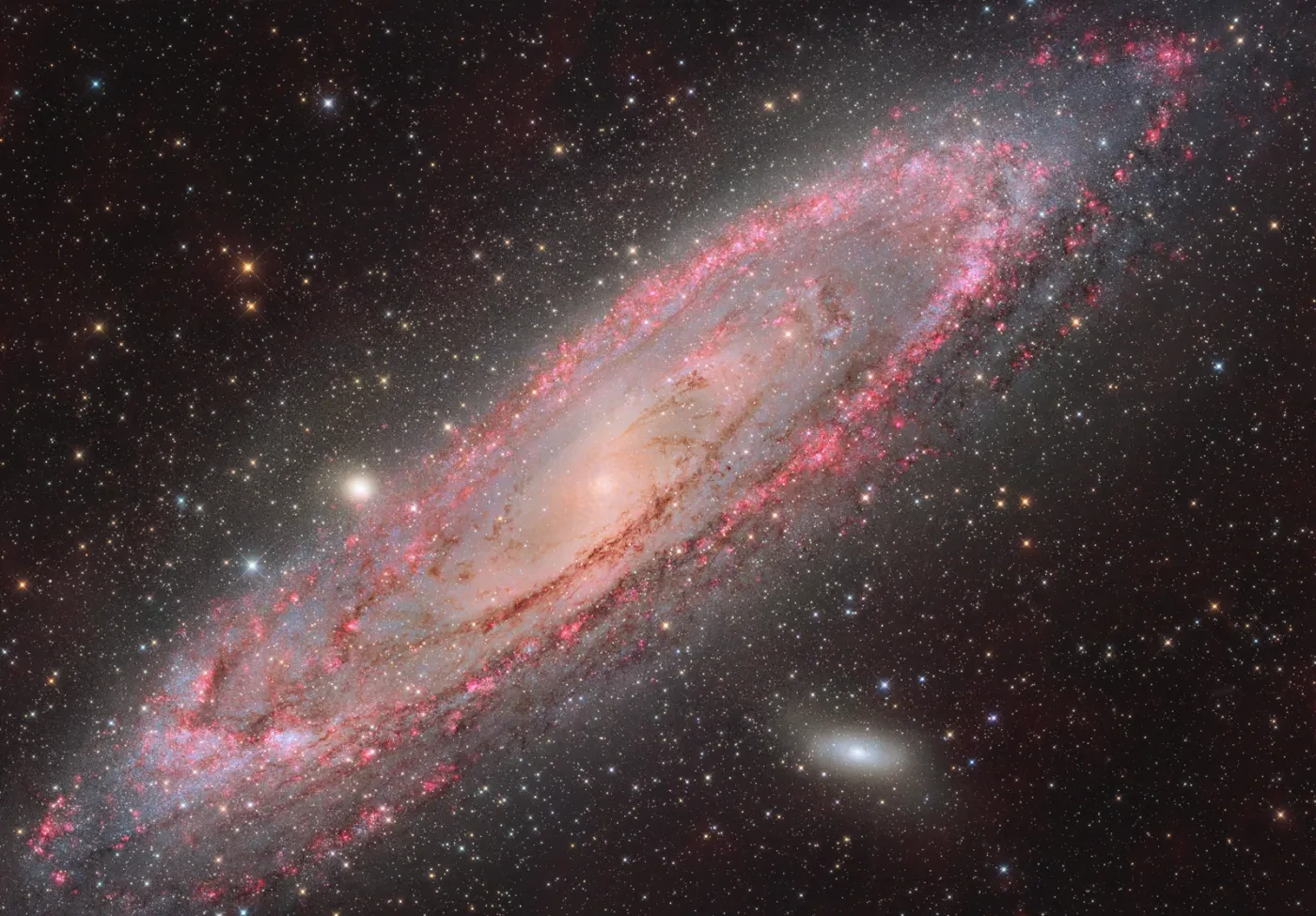
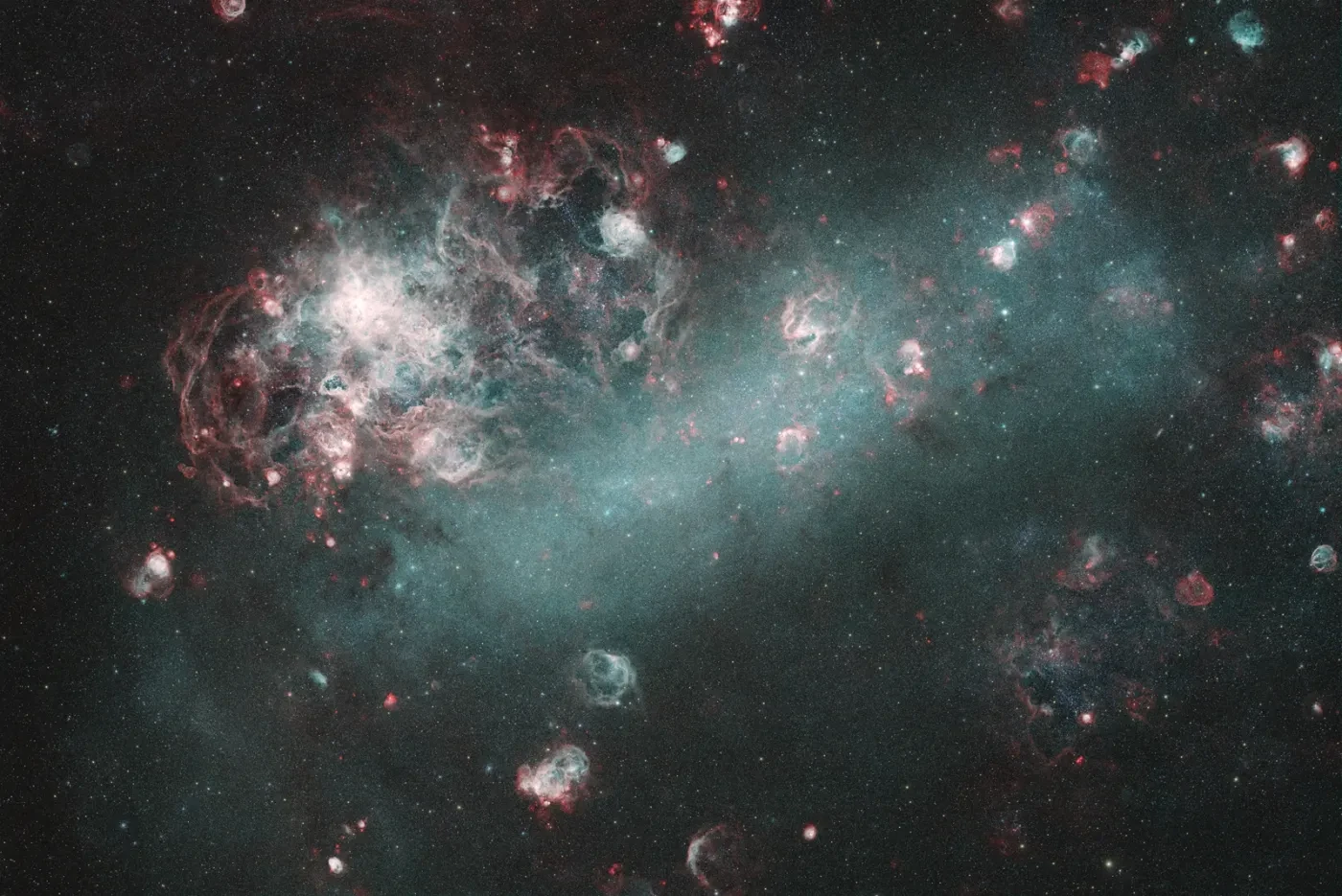
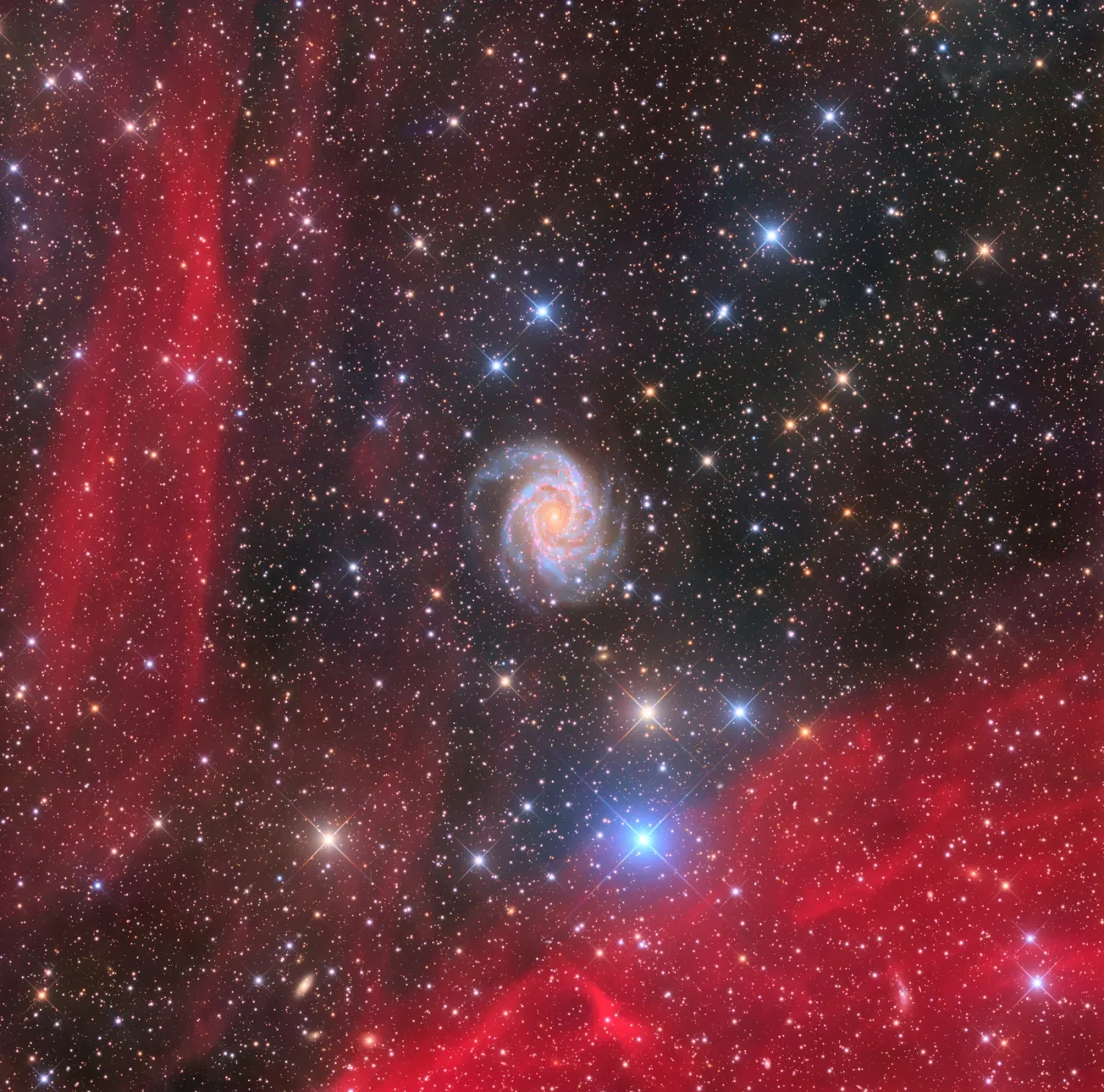
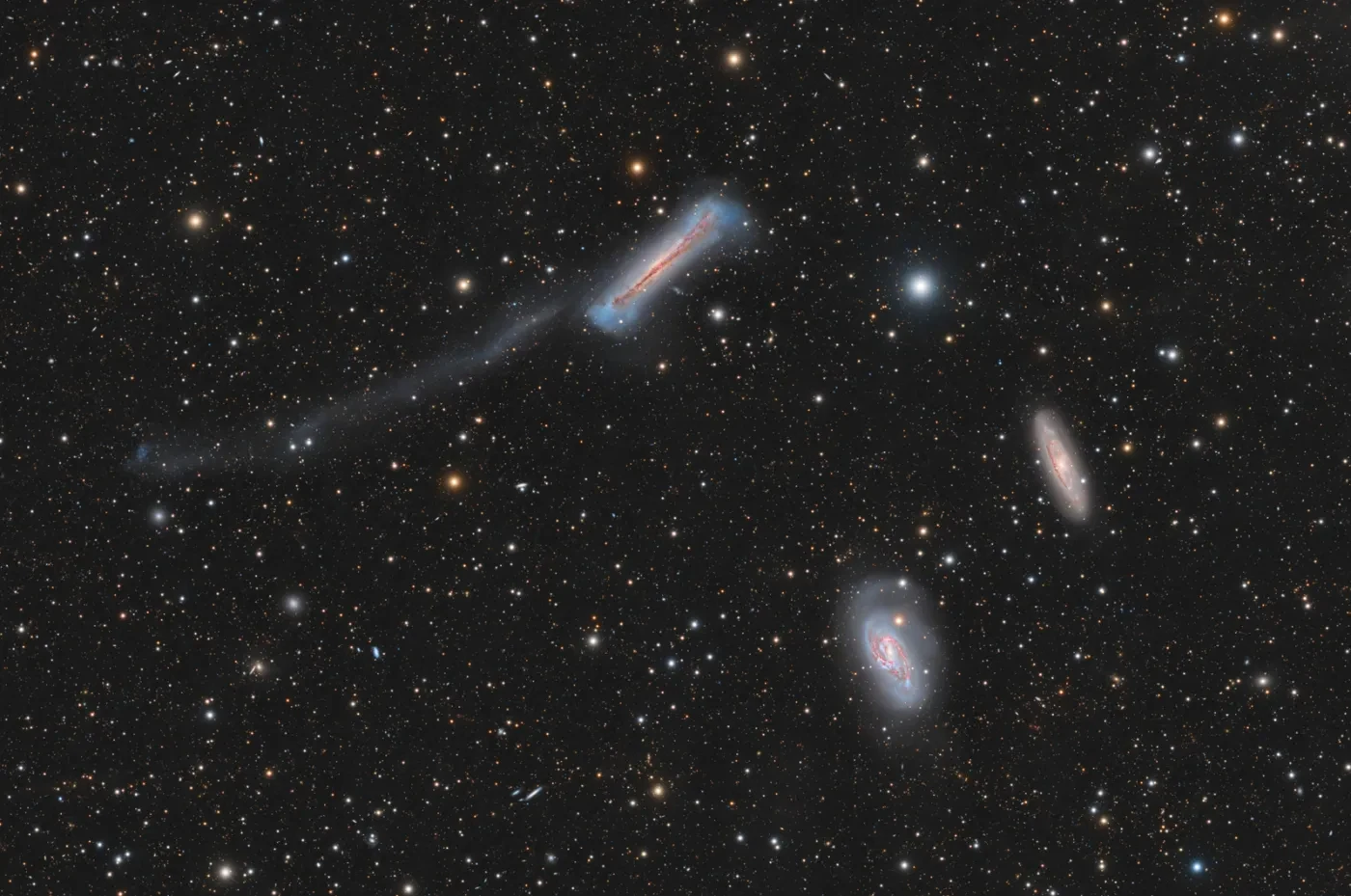
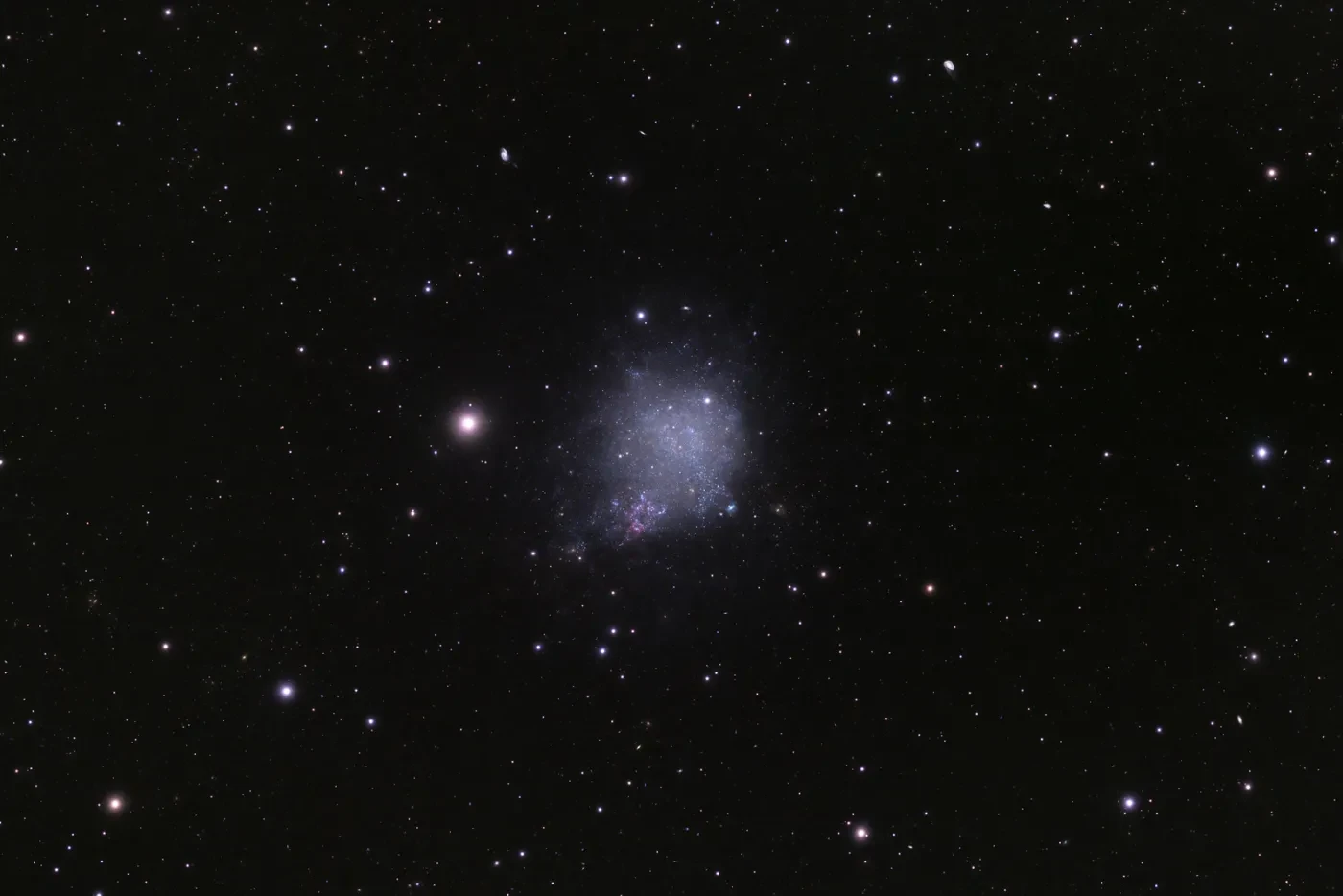
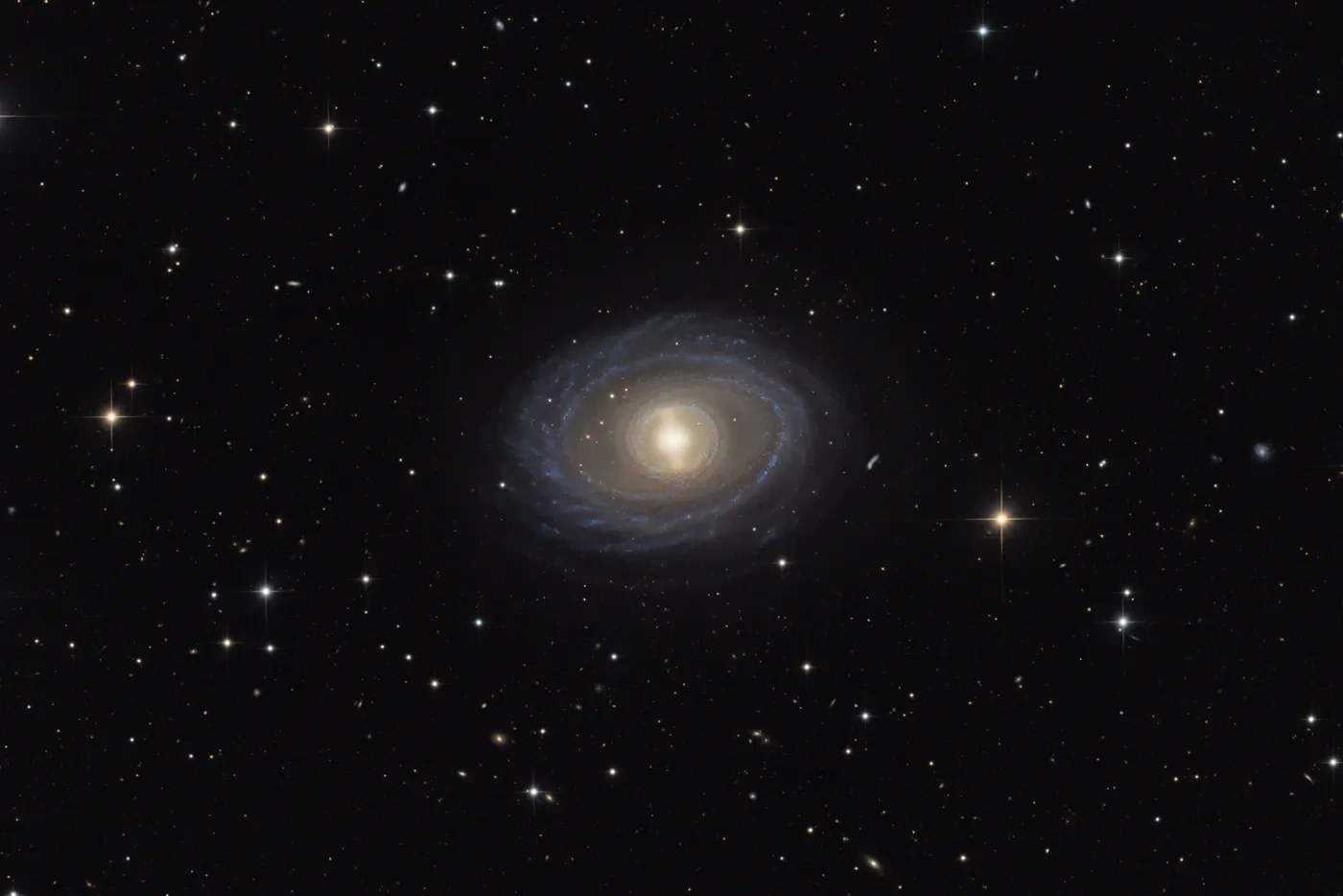
See the full shortlist
Browse the collection of award-winning astrophotography.
Never miss a shooting star
Sign up to our space newsletter for exclusive astronomy news, guides and events from Royal Museums Greenwich.
Our partners


